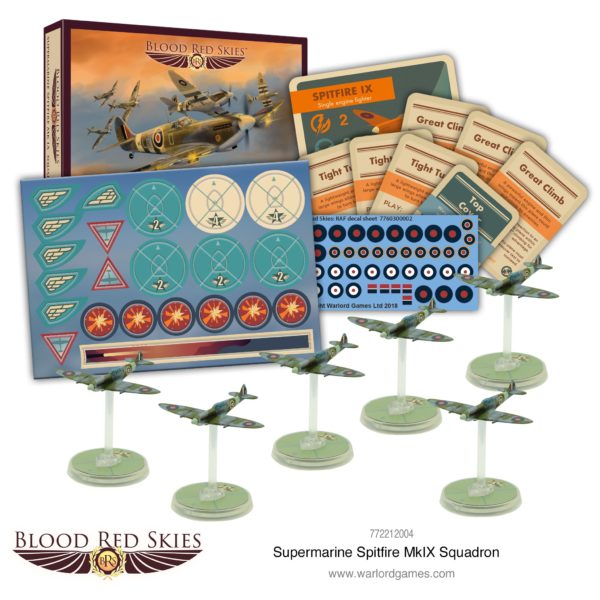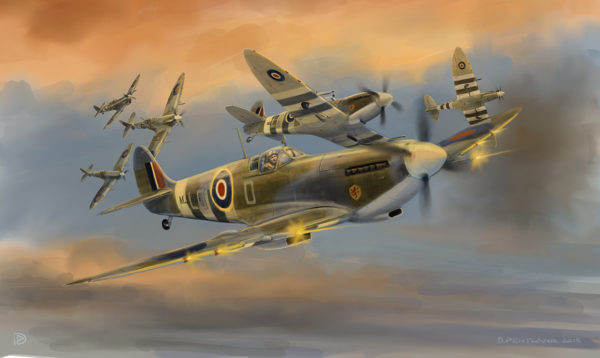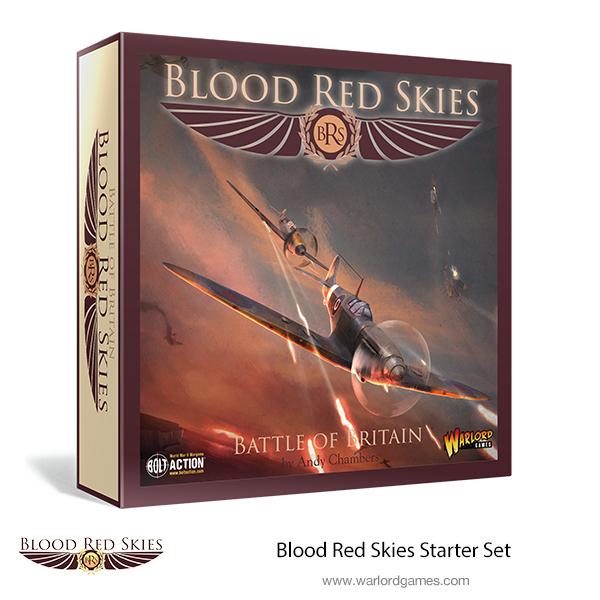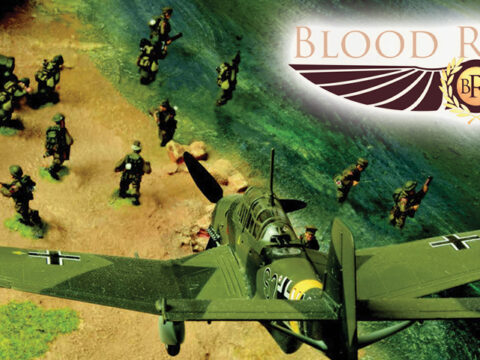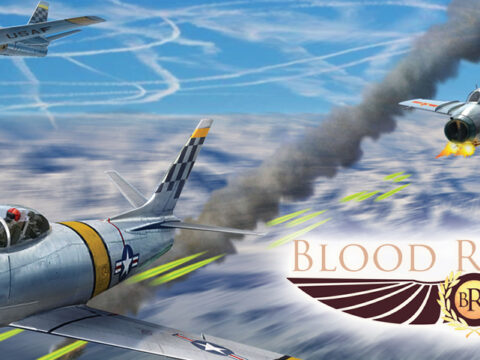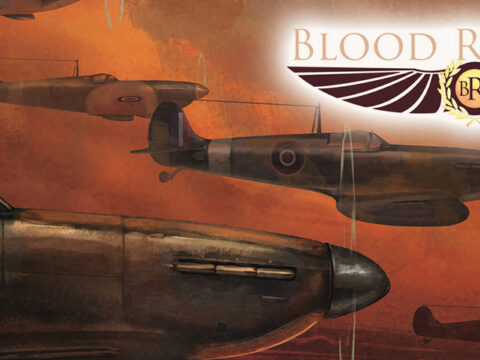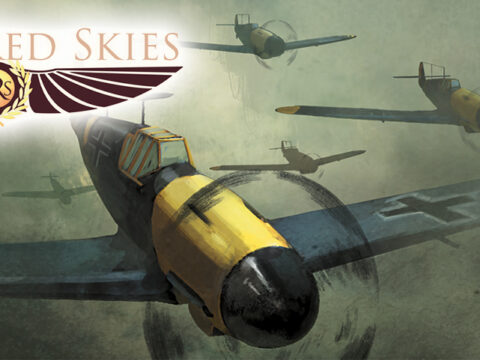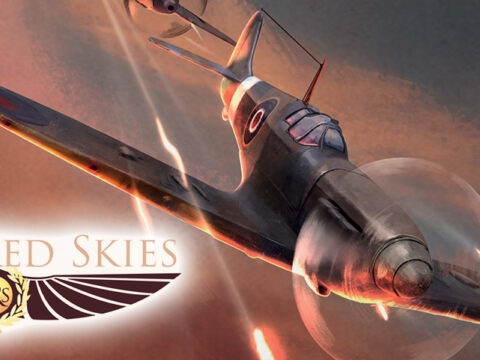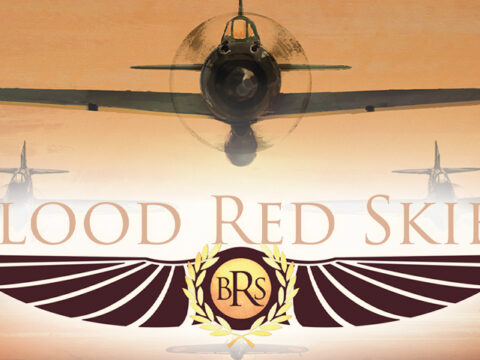Rushed into service to combat the deadly Focke-Wulf 190, the Spitfire Mk.IX combined the performance of the Spitfire’s airframe with a more powerful engine.
The arrival of the Focke-Wulf 190 shook the RAF to the core. This new radial engined fighter completely outclassed the Spitfire Mk.V, allowing the Axis to challenge Allied air superiority for the first time since the Battle of Britain.
To close the gap, RAF engineers fitted a Spitfire airframe with a more powerful Merlin 60 engine – originally designed for the Vickers Wellington long-range bomber. The increase in performance was described as a quantum leap, giving the Spitfire better performance at high altitude, alongside increased straight-line speed and climb speed.
While Mk.V squadrons continued to take casualties, the Mk.IX did restore the balance in the air, achieving some parity with the predatory Focke-Wulf 190.
The Mk.IX could be fitted with multiple weapon configurations – either eight .303 machine guns, four 20mm cannons, or a mix of two 20mm cannons and four .303 machine guns. It was also fitted with racks for 250 and 500lb bombs, or eight 60lb RP-3 rockets.
Although the Spitfire Mk.IX’s increased speed and armament improved it’s effectiveness, it still suffered from limited fuel capacity which greatly hampered its range and endurance.
The Mk.IXs first saw action over the disastrous Dieppe raid, and primarily saw service in Northern Europe as an air superiority fighter and fighter-bomber. As part of the 2nd Tactical Air Force, they would support the Allied invasion of Europe in June 1944, flying endless sorties ahead of the main advance.
By the end of the war, it was the second-most produced version of the Spitfire after the Mk.V.

